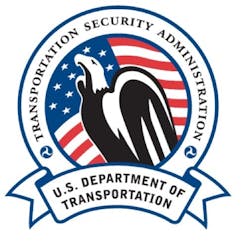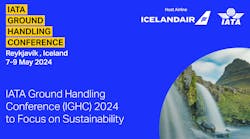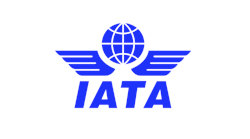ALEXANDRIA, VIRGINIA – Nearly a decade after the original congressional mandate, the Transportation Security Administration’s (TSA) final repair station security rules will be issued on January 13, 2014. This action brings an end to the Federal Aviation Administration (FAA) ban on certificating new foreign repair stations.
The final regulation will be significantly narrower in scope from the notice of proposed rulemaking (NPRM) TSA issued on Nov. 18, 2009. In a call with industry stakeholders, agency officials outlined the final rule, which will be implemented within 45 days and doesn’t mandate any new security programs or plans. Highlights include:
- A shift from process-based to outcome-based security. The focus is on the risk of stealing an unattended, large (over 12,500 pounds) aircraft capable of flight.
- The rule applies only to repair stations with large aircraft under their control “on or adjacent” to a “commercial” airport already under TSA regulation. “On or adjacent” means the repair station is within the fence line, part of the fence line, or otherwise has access to a runway.
- Securing a “flyable” aircraft could include blocking, defueling, or locking it in a hangar. If the aircraft is undergoing repairs that would render it “unable to fly,” no further “security” would be needed.
- For those part 145 certificated repair stations to which the rule applies, a designated point of contact (POC) with knowledge of individuals responsible for securing the aircraft will be required. The POC and persons responsible for securing the aircraft must have undergone a background check; including a five year verification of employment (individuals with gaps of six months won’t be “verifiable”). It’s unclear whether these persons must be certificated under part 65 (be a mechanic or repairman), but in any event if the individual is certificated, verification of that certificate must be verified. A security identification display area (SIDA) badge will suffice for compliance.
- TSA has inspection authority without advanced notice and can issue security objectives.
“While ARSA commends TSA for heeding industry input and narrowing the scope of the regulation, it’s a shame the agency took so long to issue what appears to be straightforward,” ARSA Executive Director Sarah MacLeod said. “The association looks forward to immediately working with the FAA to begin the process of certificating new foreign repair stations so aviation maintenance companies can continue to create jobs and expand markets.”
ARSA will review the rule in detail as soon as it is issued and will provide updates at www.arsa.org.





